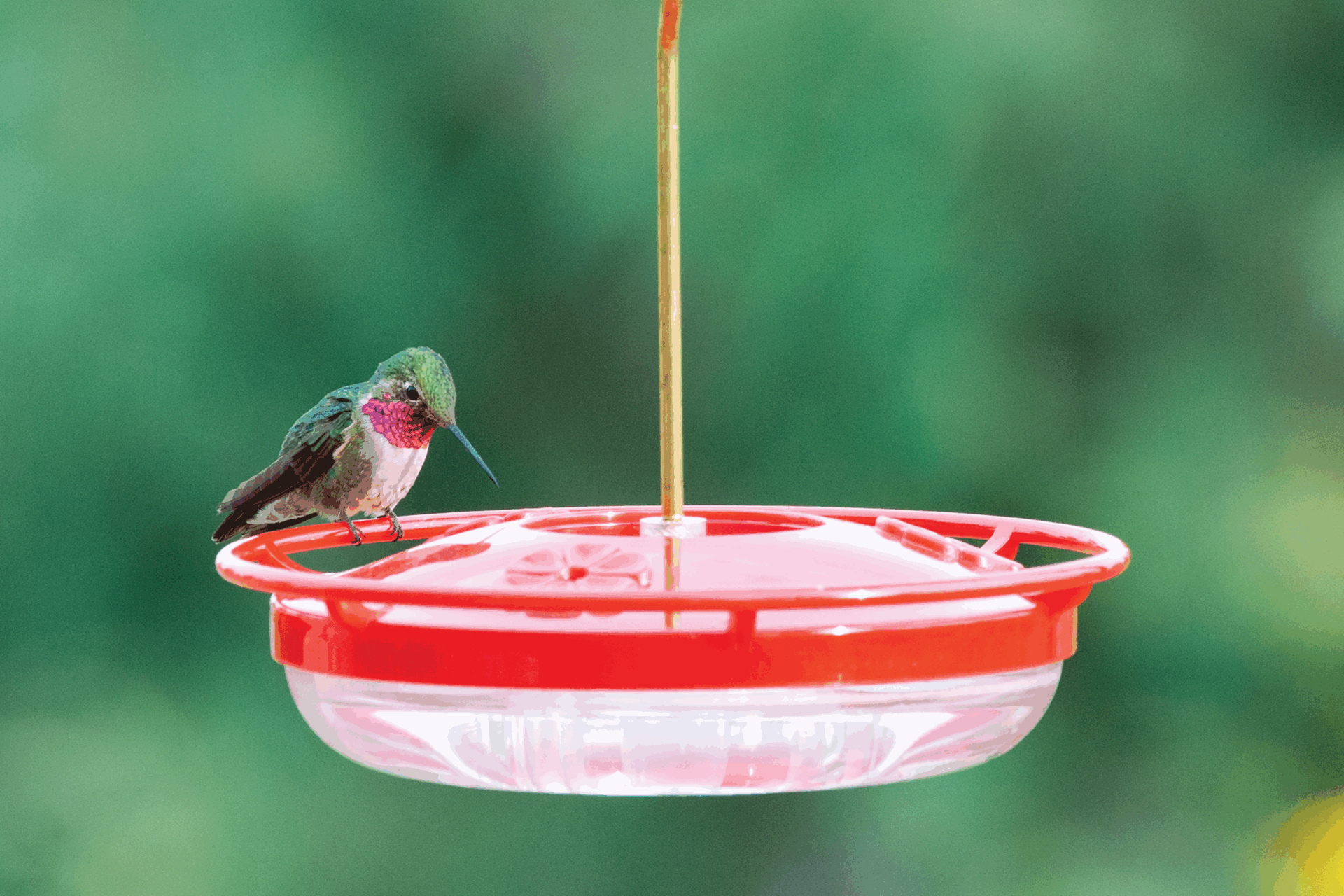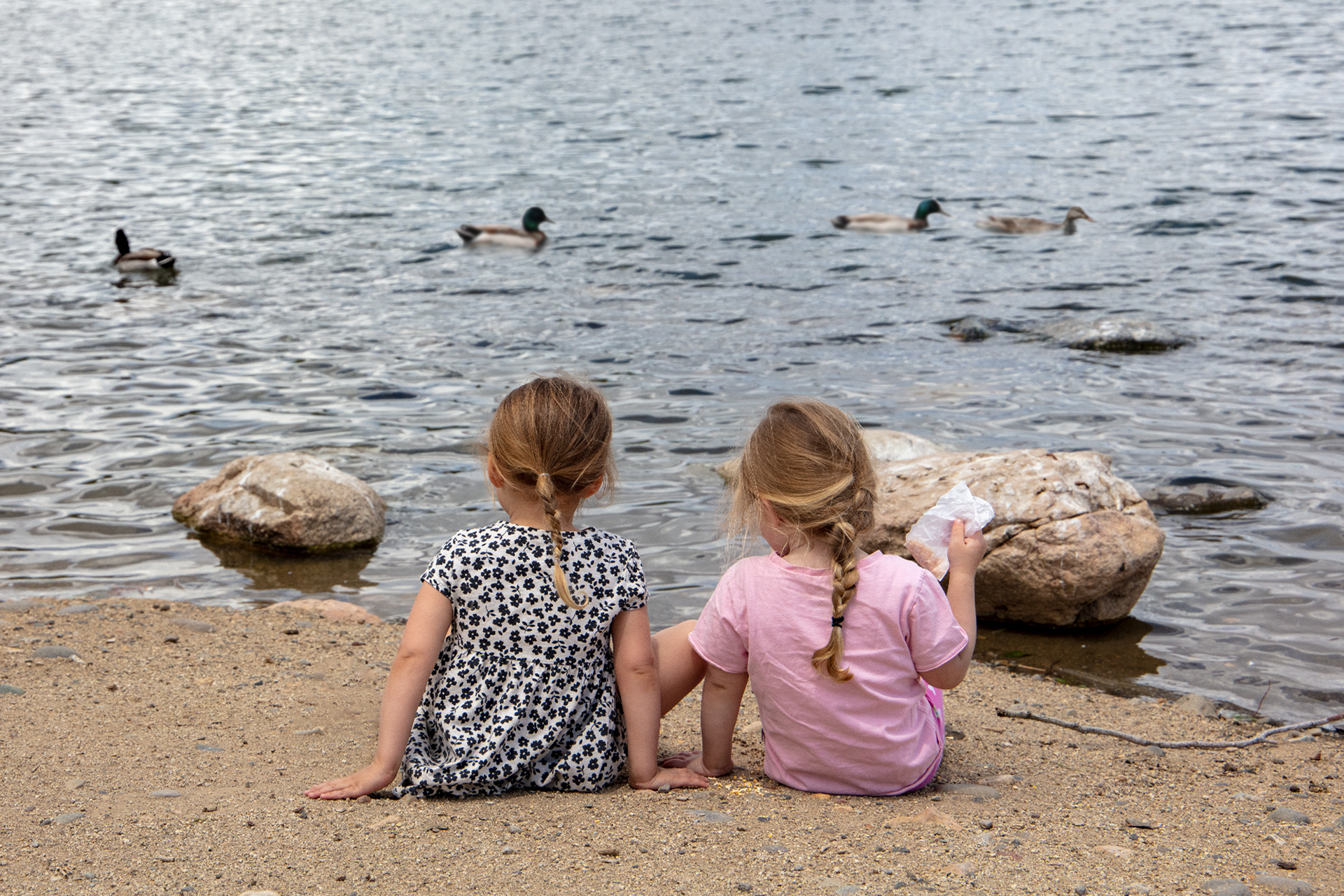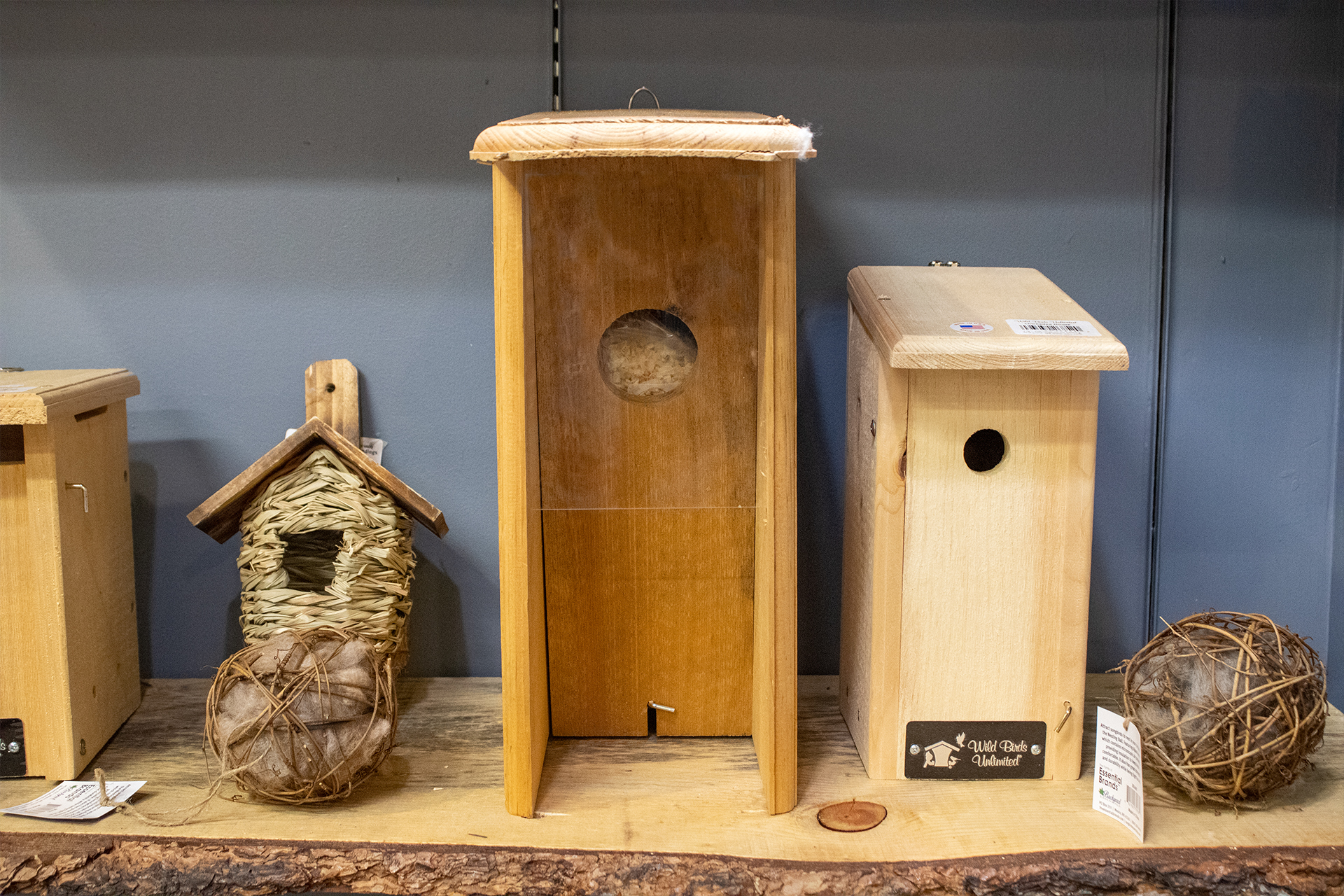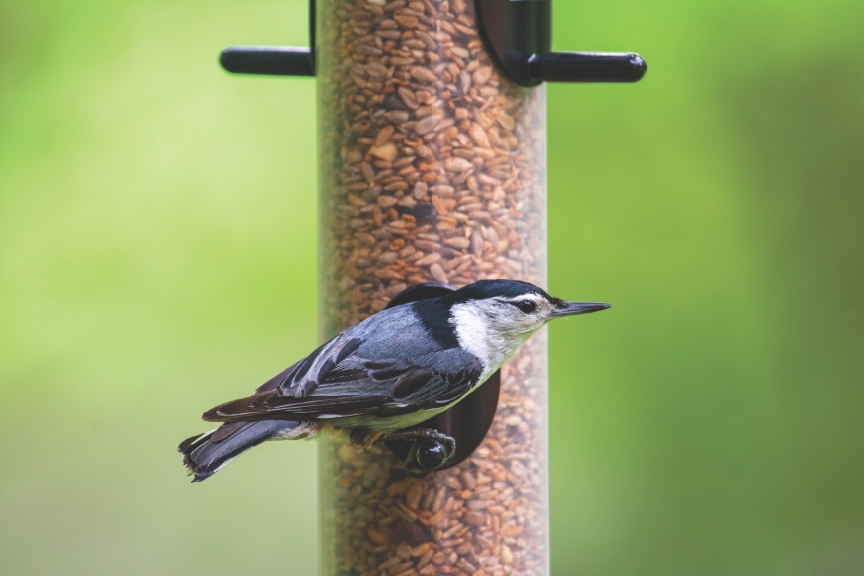Share

Saving the Songbirds: A Lifeline for Northern Nevada’s Declining Bird Population
Northern Nevada’s unique high desert landscape, characterized by its arid deserts and stunning mountain ranges, is home to a diverse array of bird species. However, in recent years, there has been growing concern over the declining bird population in this region. This decline is attributed to a multitude of factors, from habitat loss to climate change.
Northern Nevada is a critical stopover for migratory birds on the Pacific Flyway, one of the major migration routes for birds in North America. Unfortunately, the challenges facing bird populations are taking a toll on these visitors and the local species. Here are some of the primary reasons for the declining bird population:
Habitat Loss: Urban development and land use changes have led to a loss of critical bird habitats. As cities expand and farmlands encroach on natural areas, birds are left with fewer places to nest and forage for food.
Climate Change: Changing weather patterns and increased temperatures can disrupt the timing of migration and the availability of food, making survival more difficult for birds.
Pesticides and Pollution: The use of pesticides and pollution in the environment negatively impacts both the birds and their prey, often leading to reduced bird populations.
Invasive Species: Invasive plants and animals can outcompete native species for resources, further reducing the food supply for local birds.
While the issues facing Northern Nevada’s bird population may seem overwhelming, YOU can make a meaningful difference through a simple yet impactful action: backyard bird feeding. Here’s how it helps:
Supplementing Natural Food Sources: Bird feeders provide a consistent and reliable source of food. This is especially vital during harsh winters or droughts when natural food sources may become scarce.
Habitat Creation: Your backyard can be a miniature sanctuary for local birds. By providing food, clean water, and suitable shelter, you create a hospitable environment for them to thrive.
Encouraging Native Species: Selecting birdseed that is preferred by local species helps promote the survival and growth of native birds.
Citizen Science: Observing and recording the birds that visit your feeders can contribute to citizen science projects that monitor bird populations. Your data can help researchers understand trends and address conservation needs.
Education and Awareness: Bird feeding can be an excellent educational tool for both children and adults, raising awareness about the importance of preserving and protecting our local ecosystems.
Feeding birds in your backyard is a simple yet powerful way to help mitigate the declining bird population in Northern Nevada. By providing food, water, and shelter, you can create a haven for these beautiful creatures and contribute to the conservation efforts of our local ecosystems. Every small act of kindness can have a big impact on the well-being of our feathered friends, making our region a better place for both humans and wildlife to thrive. So, start your journey in supporting Northern Nevada’s bird population by setting up a bird feeder today!
Share

Here's everything you need to know about attracting hummingbirds to your garden in the high desert.

We love seeing families take the time to feed the local ducks and waterfowl, but it's important to do so responsibly.

Choosing the right birdhouse helps ensure the safety and comfort of your nesting neighborhood birds.

Concerns about bird flu often raise questions, here's how to continue enjoying safely feeding the birds.
